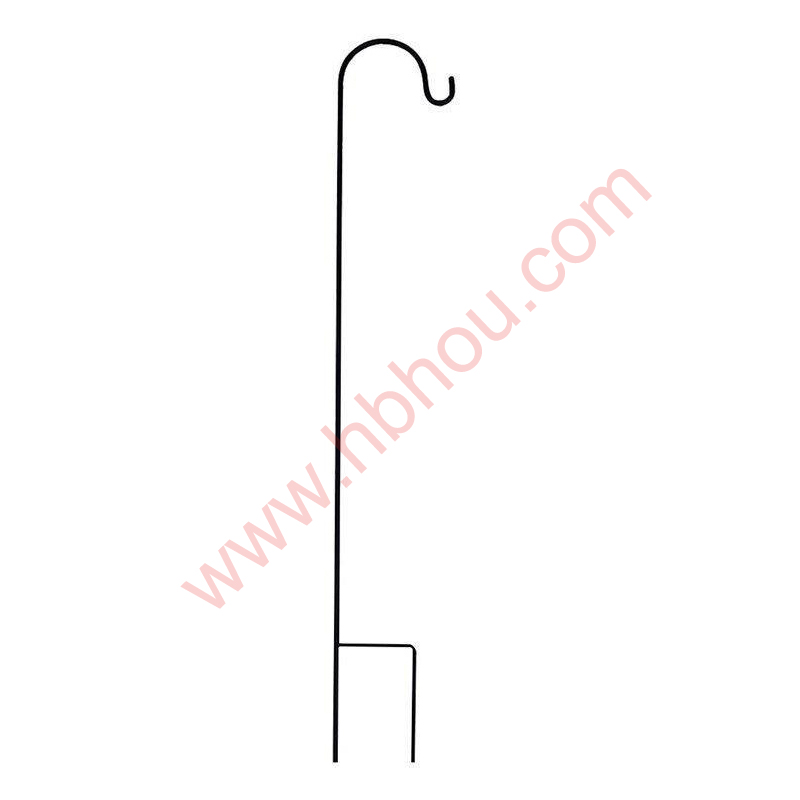The Best Way to Set Wood Fence Posts
Setting wood fence posts properly is crucial to ensuring the strength and longevity of your fence. Whether you are building a simple picket fence or a sturdy privacy fence, the way you install your posts can make all the difference. Here’s a comprehensive guide on the best methods to set wood fence posts effectively.
Planning Your Fence
Before you start digging holes, the first step is to plan your fence layout. Use stakes and string to mark where your fence will go, ensuring that the posts are evenly spaced—typically 6 to 8 feet apart, depending on the type of fence. Take note of any underground utilities in your area and consult local building codes to ensure compliance.
Choosing the Right Posts
Selecting the right wood for your fence posts is key. Treated lumber, such as pressure-treated pine, is often recommended for its resistance to decay and insects. Posts should be at least 4 inches by 4 inches and buried deep enough to provide stability—generally 1/3 of the total post length should be underground. For instance, if your fence posts are 6 feet tall, they should be buried at least 2 feet below ground.
Digging the Holes
Once you have your materials, it’s time to dig. For each post, use a post hole digger to create a hole that's about 8 to 12 inches wide and 2 feet deep. If your soil is particularly rocky or hard, consider using a power auger to make the job easier. Ensure that the holes are straight and uniformly sized to accommodate the posts.
Setting the Posts
best way to set wood fence posts

Before placing the posts into the holes, do a dry fit to ensure they stand vertically and are spaced correctly. Once you're satisfied, place the post in the center of the hole, making sure it extends out of the ground to your desired height. For most fences, this will mean the post should be about 4 to 6 inches above ground level.
To hold the post in place temporarily, use braces or supports made from wood or metal. This will help keep the post straight while you fill the hole.
Backfilling and Adding Concrete
With the post aligned correctly, begin backfilling the hole with soil. As you fill, tamp down the soil every few inches to eliminate air pockets. A well-compacted base will provide better support for your post.
For added stability, particularly in areas with high winds or heavy frost, consider using concrete. Mix the concrete according to the manufacturer’s instructions and pour it into the hole around the post. Ensure the concrete is slightly above ground level to shed water and prevent rot. Allow the concrete to cure for at least 24 to 48 hours before removing any braces.
Final Touches
After the concrete has cured, you can proceed with attaching the fence panels or boards to your posts. Be sure to regularly check for level as you attach each section, making any adjustments as necessary.
Conclusion
Setting wood fence posts might seem daunting at first, but with careful planning and execution, you can create a sturdy and long-lasting fence. Remember to invest time in the preparation phase, choose durable materials, and follow through with proper installation techniques. With the right approach, your wood fence will not only enhance the beauty of your property but also provide the privacy and security you desire. Happy fencing!















